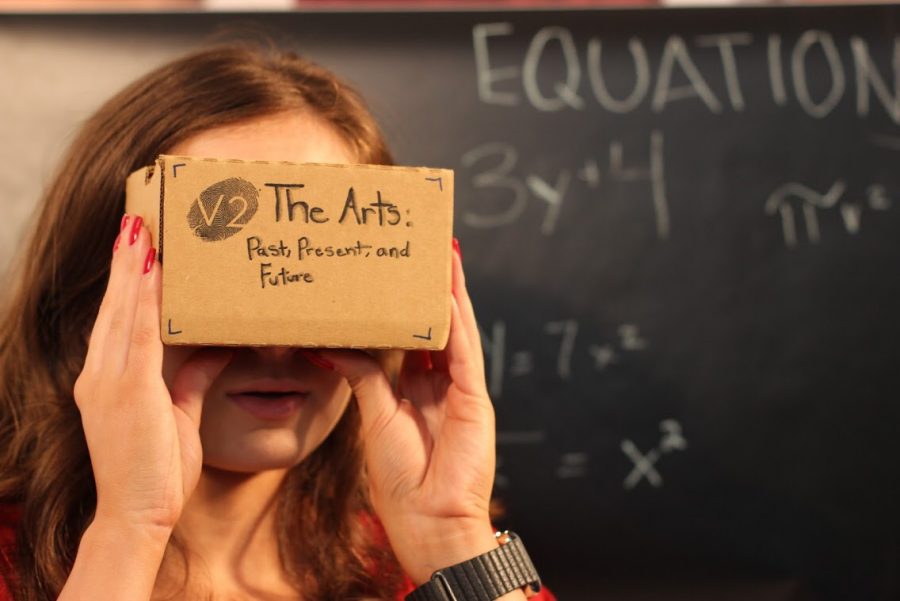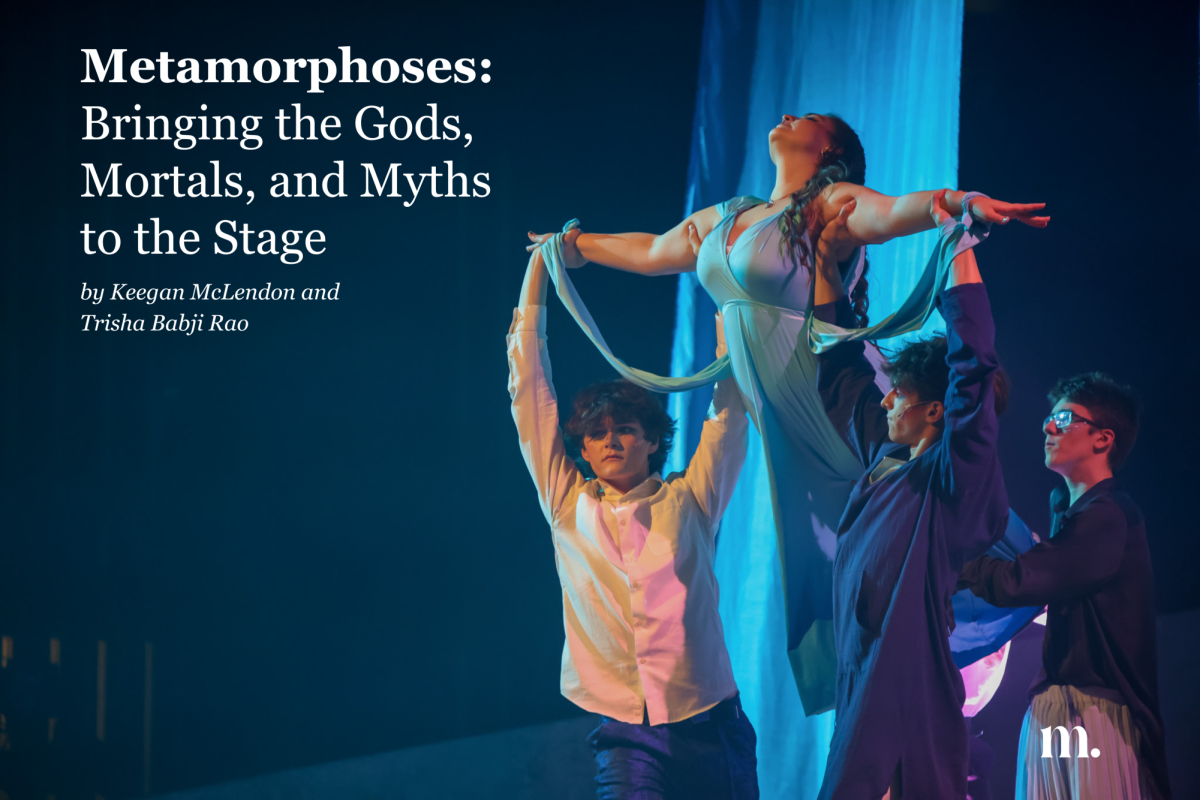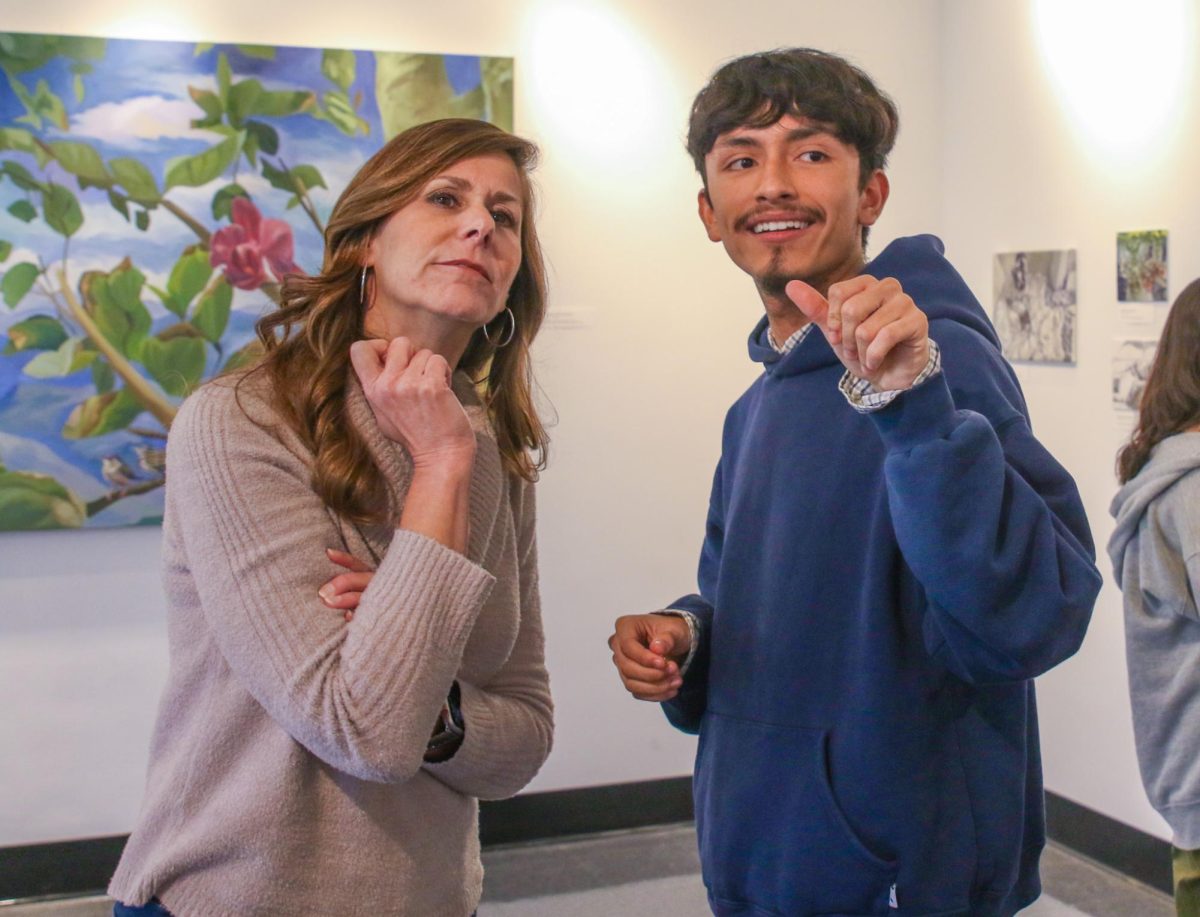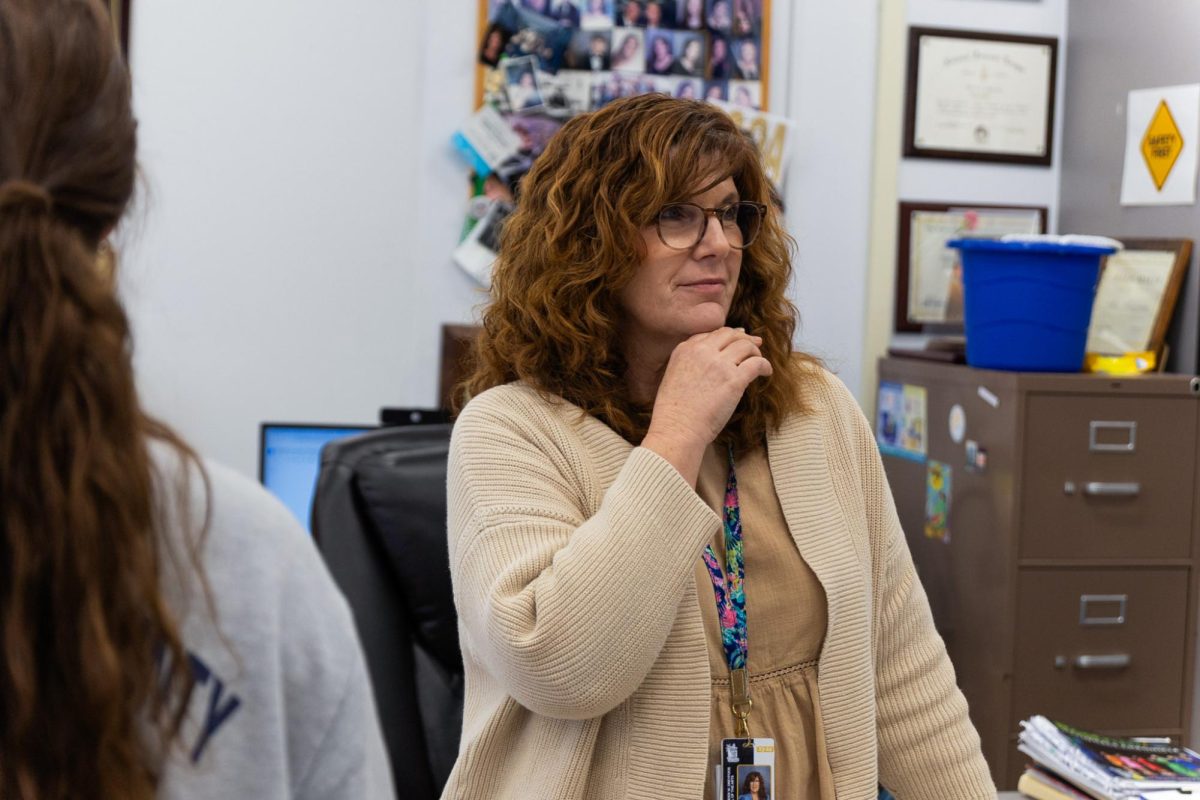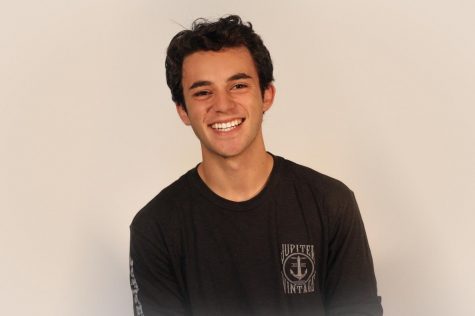The rapid adaptation of technology into society is revolutionizing the education system. Today, Dreyfoos students learn in classrooms surrounded by smart boards, online grading systems, and online communication, as well as through independent learning platforms like Google Classroom. Most students have access to a seemingly infinite resource in their pocket, forcing the school system to adapt rather than compete. As schools integrate technology into the learning environment, there are challenges in defining the next generation of classrooms. So the question arises: what does this mean for the arts at Dreyfoos?
“It’s hard to think ahead,” digital media dean and Dreyfoos alum Melissa Glosmanova said as she sat in one of the many Building 9 computer labs. “When I was a student here, I would have never guessed that this could be a computer room, because that wasn’t normal back then. This is normal now, so who knows what will be normal ten years from now.”
As a result of digital media gaining popularity within the visual arts department, the digital media department split off and became its own art department, holding separate auditions in 2006. This allowed Dreyfoos to offer additional, more specialized classes to better match students’ developing interests. This year, there are 126 students who major in digital media.
The theater department is also taking advantage of emerging technology. According to theatre teacher Brad Barfield, “A lot of productions are going to integrate elements of technology, so you are seeing a lot more productions written specifically to have things like projections.” Mr. Barfield has witnessed how multimedia is transcending upon the theatre world.
Today, the theatre department is in production for shows such as “The Curious Incident of the Dog in the Night-Time,” that Mr. Barfield describes as only possible with access to newer technology. “That’s part of the reason it’s so successful now,” he said.
While some teachers are taking advantage of technological developments, others observe them as a distraction in the arts classroom. Devices like smartphones and laptops may cause teachers to compete for student’s attention.
“We need technology, but when do we separate when we need to use it from when we want to use it?” Mrs. Glosmanova said. “I think that’s the biggest challenge.”
Although technology can be used in an arts classroom to enrich the experience, many teachers have expressed issues with the amount of technology students bring into the classroom, for unrelated purposes. Barney McCoy, associate professor at the University of Nebraska, Lincoln, explains that the use of digital devices for unrelated activities such as sending an email or social media use is taking up 21 percent of class time.
“[Technology is] a double edged sword,” Magnet Coordinator Patrick Marshall said. “Teachers still need to have control over what the students are looking at.”
Education is an evolutionary process. Today’s students represent the future, and in order for them to solve problems, master new technologies, discover scientific breakthroughs, and adopt a fresh perspective on the infinite possibilities that lie ahead, they must incorporate and utilize all of the resources available to them. Many can agree that teachers at Dreyfoos are working hard to find the optimal way to incorporate technology and social engagement into the arts classroom.
“I believe that especially for communications, developments in technology will open us up [to] so many opportunities for our art,” communications sophomore Katherine Oung said. “Whether it’s using Adobe design products with our publications, or our equipment in film, or just having computers to research [on] in debate, having better, newer technology and equipment available is so essential.”
























































